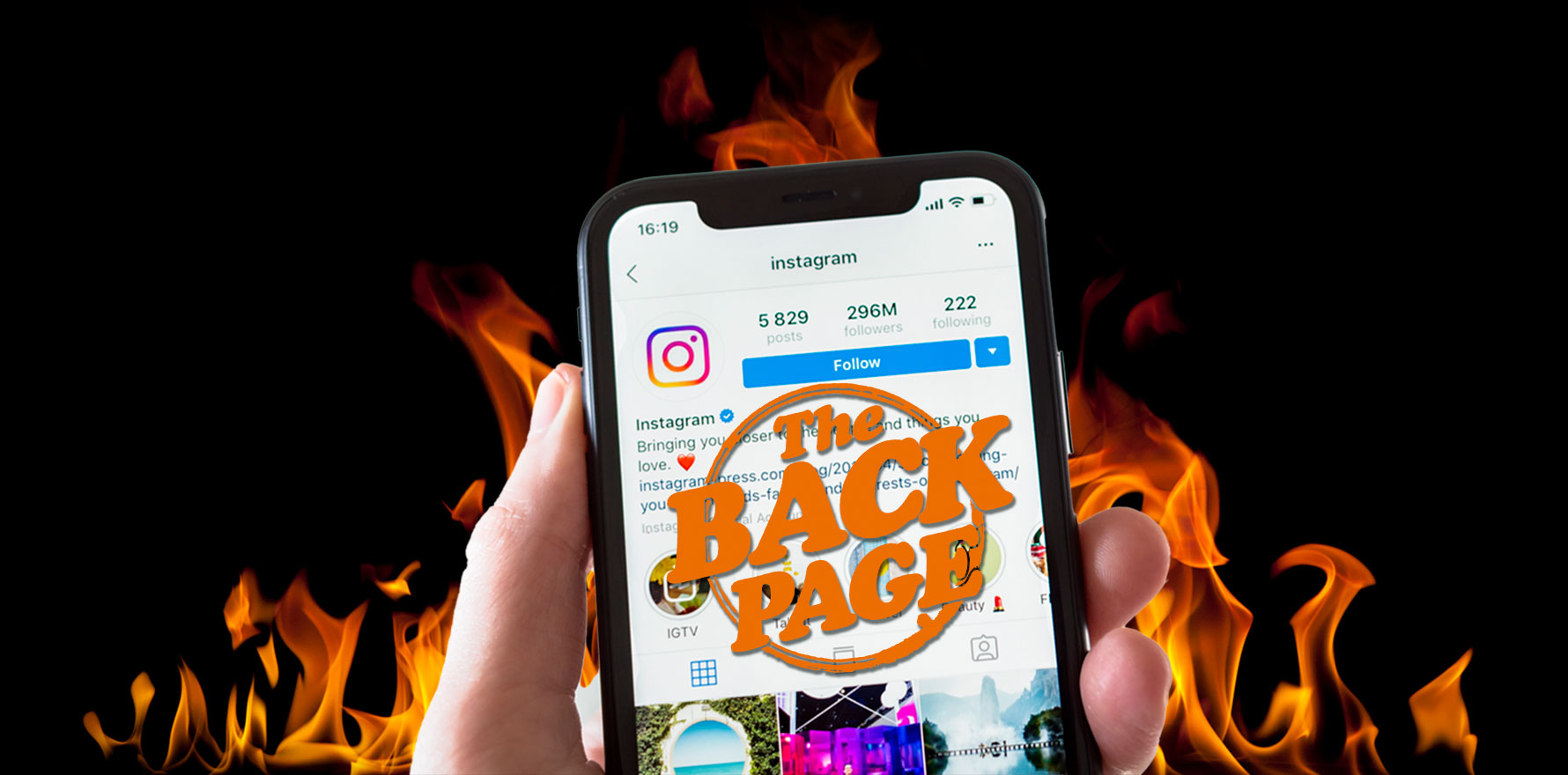We seek out social connections when we’re sick or injured, and that goes for online too.
Have you ever wondered what inflammation and social media use have to do with each other?
The Back Page hadn’t either.
… Nope, not even at 3am when we’re thinking about Old West saloons staffed by cats has that question ever occurred to us.
But apparently it has to some, because a body of previous research has found that being in an inflamed state makes us and other animals more prone to seek social interactions – seeking out people to help us when we’re sick is an adaptive behaviour, it is hypothesised, although it sounds to us like an even better deal for any infectious pathogen that might be inhabiting us at the time.
This new series of studies set out to examine whether this influence of inflammation on social behaviour extended online into the world of social media.
They first took a sample from the Midlife in the United States Refresher study and the MIDUS-R Biomarker Project, who rated their social media use and had blood drawn to measure their C-reactive protein, a biomarker for systemic inflammation.
Adjusting for sociodemographic and personality factors, higher CRP predicted social media use, while the reverse did not hold.
A second study used a smaller group of undergraduates – a more appropriate age group for the topic – who completed questionnaires about Instagram use as well as their sociodemographic information, health behaviours, and medical conditions, then had their blood tested, then were surveyed online about social media use and had their blood tested again six and seven weeks later.
These results confirmed that higher CRP predicted more social media use six weeks later, while the Gram did not lead to heightened inflammation (now that would have been a result to write home about).
To fix the temporal and self-report limitations of these two studies, the team then performed a longitudinal study that measured time spent on multiple platforms objectively using the Screen Time app, again in undergrads.
They found CRP levels were positively associated with
- social media use in the same week, adjusting for sociodemographic and personality factors and depression
- increased social media use the following week, adjusting for use in the same week
- social media use for social interaction but not for other purposes: self-presentation, content consumption and entertainment
The psychological mechanisms behind what is still quite counterintuitive behaviour still need to be worked out, the authors write – especially since previous work has found that inducing inflammation with an injection of lipopolysaccharide can produce feelings of social disconnection and the desire to be alone (protecting the herd from pathogens?). Is the heightened social media use driven by “the desire for nurturance from a support figure, amelioration of feelings of loneliness and social disconnection, or other motivations arising from social isolation”?
It also remains to be studied how online social activity interacts with, well, interactions IRL.
Given the oft-touted negative consequences of social media excess, they say, “understanding and identifying what leads people to use social media more (vs. less) seems critical”.
Meanwhile, if you find yourself irresistibly drawn to “reach out” on whichever digital hellmouth is presently in vogue, try taking a couple of ibuprofen and waiting half an hour.
Send inflammatory story tips to penny@medicalrepublic.com.au.


